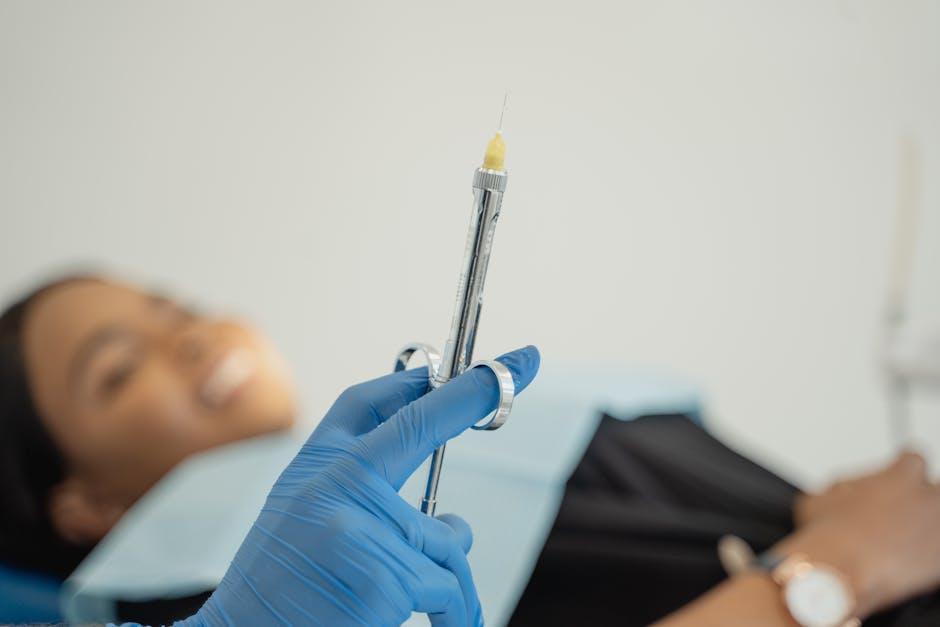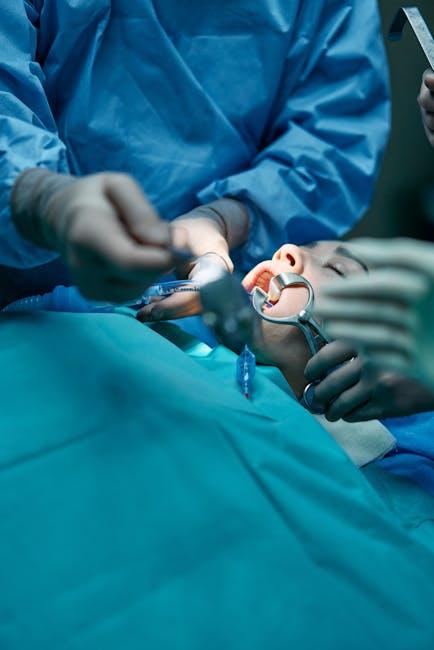
Dental Anesthesia Reform Urged: Insights from DrBicuspid.com
Dental anesthesia plays a crucial role in delivering pain-free dental care, enhancing patient comfort, and enabling complex procedures to be performed safely. However, as dental technology and pharmaceutical options evolve, experts on DrBicuspid.com are urging for comprehensive reform in dental anesthesia regulations, training, and administration protocols. This article explores why dental anesthesia reform is necessary, the current challenges, benefits of reform, and practical tips for dental professionals to improve patient safety.
Why Is Dental Anesthesia Reform Necessary?
Dental anesthesia, encompassing local anesthetics, sedation, and general anesthesia, is one of the most commonly employed procedures in dentistry. Despite its widespread use, the standards and oversight vary significantly by region, leading to potential gaps in patient safety and treatment outcomes.
Key Challenges in Current Dental Anesthesia Practices
- Lack of Uniform Regulation: Dental anesthesia protocols and practitioner qualifications differ across states and countries, causing inconsistency in patient care quality.
- Training Deficiencies: Not all dental providers receive comprehensive education on advanced anesthesia techniques and emergency management.
- Underreporting of Complications: Adverse events related to dental anesthesia might be underreported, masking true risk levels.
- Growth in Sedation Demand: Increasing patient expectations for pain-free and anxiety-controlled visits heighten the need for improved sedation safety.
The Current Landscape: What DrBicuspid.com Highlights
DrBicuspid.com has recently featured several discussions and expert opinions highlighting this pressing issue. Clinicians and policymakers emphasize:
- The importance of standardizing training certification for dental anesthesia administration.
- Updating guidelines to reflect emerging anesthetic drugs and techniques.
- Implementing mandatory reporting systems for anesthesia-related complications.
- Encouraging collaborative approaches between dentists, anesthesiologists, and regulatory bodies.
Benefits of Comprehensive Dental Anesthesia Reform
Reforming dental anesthesia regulations and practices brings numerous advantages to dental professionals and patients alike:
- Improved Patient Safety: Standard protocols and enhanced training reduce adverse incidents.
- Higher Treatment Success: Proper anesthesia techniques enable more complex procedures, broadening treatment options.
- Enhanced Patient Experience: Safer and more comfortable sedation can reduce dental anxiety and encourage regular dental visits.
- Stronger Professional Reputation: Dentists with recognized anesthesia certifications gain patient trust and competitive advantages.
Table: Key Differences Before and After Anesthesia Reform
| Aspect | Before Reform | After Reform |
|---|---|---|
| Practitioner Training | Varied, inconsistent education | Standardized certification programs |
| Safety Protocols | Poorly defined, optional reporting | Strict guidelines, mandatory reporting |
| Patient Outcomes | Higher complication rates | Reduced adverse events |
| Regulatory Oversight | Fragmented, region-specific | Unified national/state standards |
Practical Tips for Dental Professionals Managing Anesthesia Today
While widespread reform is being advocated, dentists can proactively improve anesthesia safety by following these best practices:
- Continuing Education: Regularly attend anesthesia workshops and certification courses to keep skills updated.
- Preoperative Assessment: Thoroughly evaluate patient medical history, allergies, and drug interactions before administering anesthesia.
- Emergency Preparedness: Maintain accessible emergency kits and ensure all staff are trained in life-support procedures.
- Documentation: Keep detailed records of anesthetic type, dosage, patient response, and any adverse reactions.
- Patient Communication: Clearly explain anesthesia options, risks, and what to expect to instill trust and reduce anxiety.
Case Study: Successful Reform in Dental Anesthesia Training
In a recent pilot program highlighted by DrBicuspid.com, a midwestern US state implemented mandatory advanced anesthesia training for all dental practitioners offering sedation services. Key outcomes after 12 months included:
- 30% reduction in sedation-related emergencies reported
- Improved patient satisfaction scores in dental clinics
- Increased dentist confidence in administering complex anesthesia techniques
This success underscores the tangible benefits dental anesthesia reform can deliver with targeted policy changes and professional development.
Conclusion
As the demand for safe, effective dental anesthesia continues to grow, reforming anesthesia regulations and practices is imperative. With input from dental professionals, regulators, and thought leaders on platforms like DrBicuspid.com, a future with standardized training, improved patient safety, and better clinical outcomes is achievable. Dentists can lead this change by advocating for reform, enhancing their skills, and prioritizing patient-centered care in anesthesia administration.
For more expert insights and updates on dental anesthesia reform, visit DrBicuspid.com daily news and analysis.


